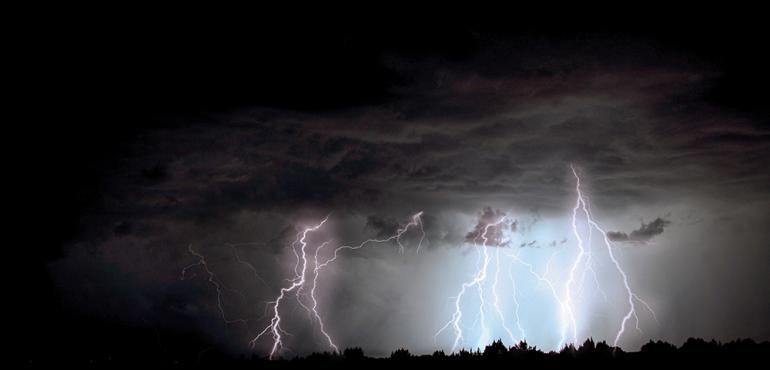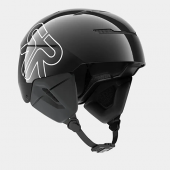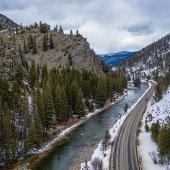Thunderstruck
How to avoid a lightning strike.
Unfortunately, there’s no way to guarantee you won’t get struck by lightning. Every bolt of lightning contains about five billion joules of energy, which is enough to power the average home for a month—not to mention turn the average hiker into a briquette. The safest place to be in a lightning storm is inside a modern house with plumbing and electrical systems to divert the charge, and even that comes with no promise of safety. But when you’re in the backcountry, it’s even more of a problem. Short of staying inside forever, what should you do when lightning flashes and thunder rolls? Here’s how to improve your odds when Zeus sends his bolts a flyin’.
DOs & DON’Ts
Do look for low spots in the landscape. It’s true that lightning often strikes the tallest object around, so you don’t want to be that object. Bonus points if you travel with tall friends.
Don’t stand under a lone tree. The chances of lightning striking that tree are high, and there are a lot more ways lightning can kill you than just a direct strike.
Do know the weather forecast before you leave home.
Don’t think that you can outrun a storm, no matter how fast your mile time is.
Do head for cover as soon as you hear thunder.
Don’t stand in the middle of an open field holding a lightning detector above your head.
Do pick a campsite that is in a good spot in case a storm moves in.
Don’t stay lying down in your tent when a storm is right above you. Should a current run through the ground, you want to minimize how much of your body comes in contact with the ground to protect those big, important organs like your heart.
Myths vs. Facts
Myth: You’re safe on the water as long as you’re in a raft/driftboat/kayak because it acts as an insulator.
Fact: It’s true that you don’t want to be touching metal when you’re struck by lightning, so be sure to ditch your mountain bike if your hair starts to stand on end (it’s still probably best to keep riding until then, though, since it can get you back to the car faster). But it takes a lot more than a few inches of insulators to protect you from the power of a lightning strike. If you’re on the water, you’re in a bad spot. Head for shore.
Myth: Lightning never strikes the same place twice.
Fact: Lightning strikes the same place as many times as it wants. The Empire State Building gets hit an average of 23 times per year.
Myth: You should stand next to a tall tree because the lightning will hit the tree and not you.
Fact: There are a lot of fun ways that lightning can kill you besides a direct strike. Most fatalities come from ground current, where the electricity can flow through the ground up to 60 feet around a struck object. Current can jump sideways through the air, and blast concussions from the displaced air can cause harm, too. You definitely don’t want to be close to something that might get struck by lightning.
Myth: Lightning always hits the tallest object around.
Fact: Lightning often strikes the tallest object around, but it doesn’t follow hard-and-fast rules. It follows the path of least resistance.
Myth: It’s safe to be out as long as the storm is more than five miles away.
Fact: “Bolts from the blue” can strike as far 25 miles away from the center of the storm. Basically, if you can hear thunder, you need to take shelter.
Know Where to Go
If you can’t be inside during an electrical storm, here are the better and worst places to be in the backcountry:
| Better | Worst |
| In low, rolling hills |
On top of a mountain or ridge |
| In a stand of multiple trees | At the mouth of a cave |
| In a hard-sided vehicle, not touching any metal |
Under a lone tree or other prominent feature of the landscape |
| In a canyon | On the water |
| More than 60 feet into a cave | Lying down or leaning against something |
Detection Tools
Weather apps
Your ears
A lightning detector (fun to play with, but as soon as you can hear thunder, the storm is too close)












